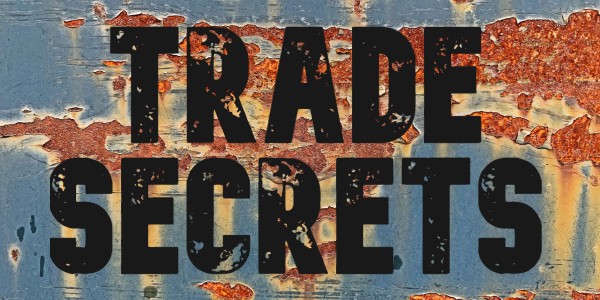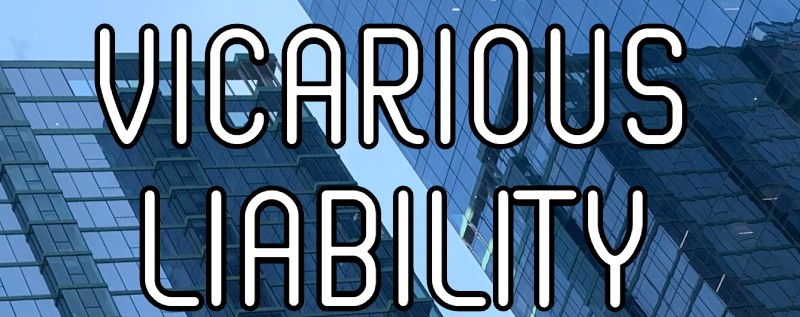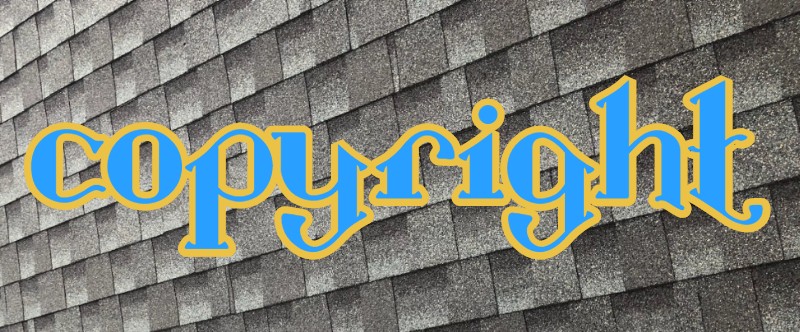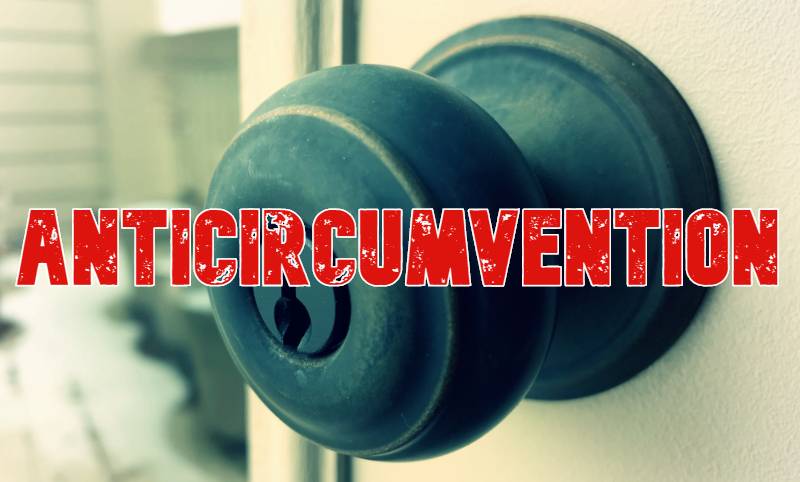Suppose an online provider allows third parties to upload digital files (which, in this context, would be “phonorecords” for copyright purposes). If no one else obtains one of those files, whether by streaming or download, has there been a distribution? In other words, is merely making available a copyrighted work an exercise of the right to distribute under the Copyright Act? The recent case of SA Music v. Amazon addresses this question. The court said no.

The Copyright Act lists the exclusive rights a copyright holder enjoys. One of those rights is to “distribute copies or phonorecords of the copyrighted work to the public by sale or other transfer of ownership, or by rental, lease, or lending”
Making available copyrighted works on Amazon
Plaintiffs held the rights in some well-known 20th century songs (such as “I’ve Got the World on a String”). They sued Amazon over the presence of unauthorized copies of those musical works on Amazon’s music service. Plaintiffs asserted that merely making those files available online was an unauthorized distribution under the Copyright Act. Amazon moved to dismiss for failure to state a claim. The court granted the motion.
The statutory text favored Amazon
Amazon had contended that the Copyright Act (at 17 U.S.C. § 106(3)) did not contemplate plaintiffs’ “making available” theory of liability. The court agreed with Amazon’s position, finding there was no distribution of the works at issue. It held that the statute makes clear that a violation of exclusive distribution rights requires actual dissemination of the work.
SA Music, LLC v. Amazon.com, Inc., 2020 WL 3128534 (W.D. Wash. June 12, 2020)
See also: Court reconsiders “making available” in file-sharing case
Evan Brown is an intellectual property and technology attorney.
Have a question?
Send an email to ebrown@internetcases.com to request a time to talk. Or call (630) 362-7237.








